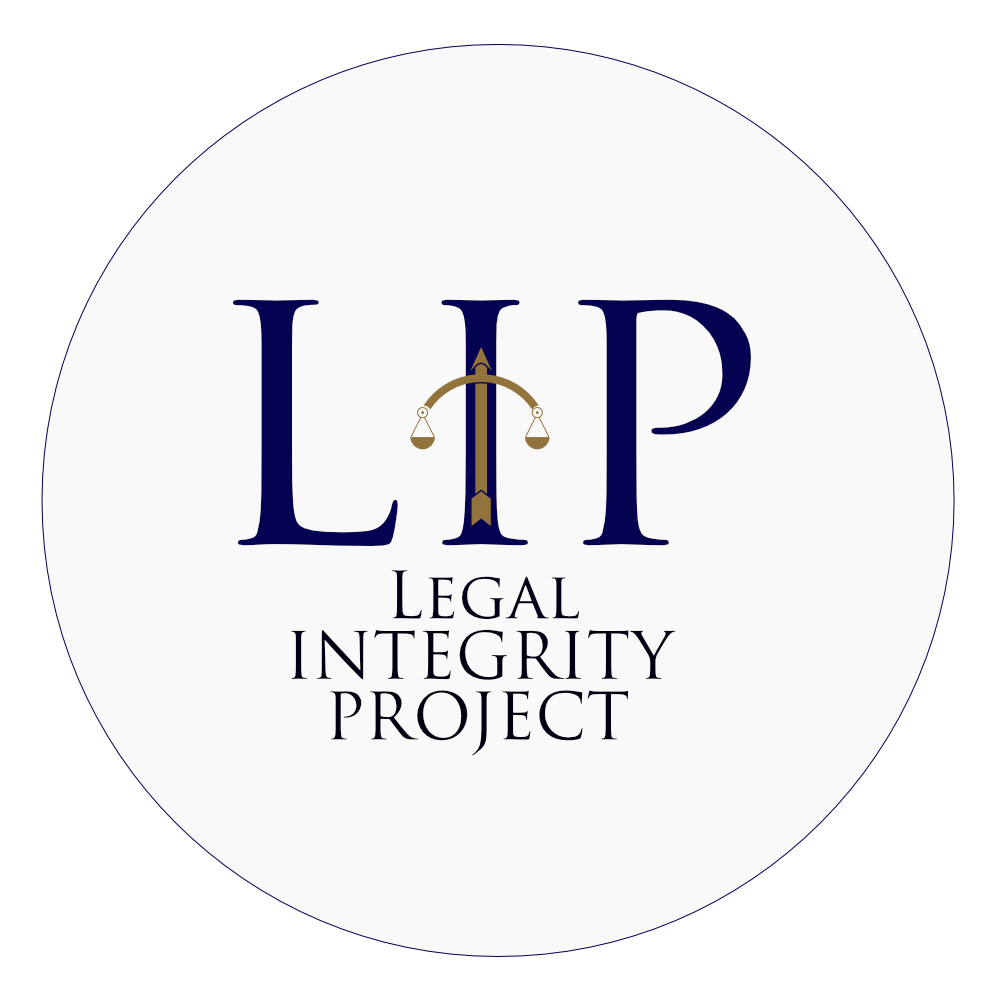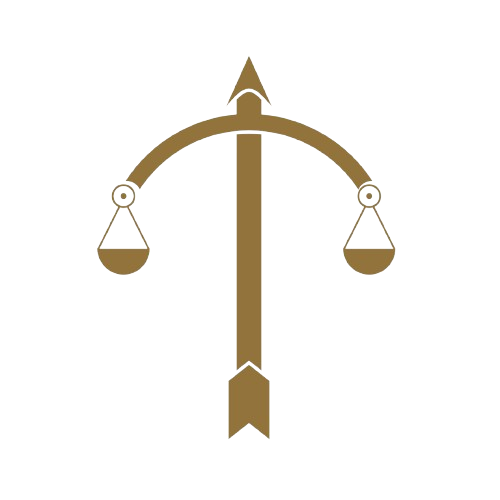When is a Company “Responsible”? The expanding definition of Liability
Corporate responsibility used to be straightforward: a company was liable for what it did, not for what others did in its name. That line has blurred. From parent companies facing lawsuits for overseas subsidiaries to regulators testing the limits of AI accountability, this article explores how the law is quietly rewriting what it means for a corporation to be “responsible.”
For most of the twentieth century, corporate lawyers could rest easy behind the doctrine of limited liability. A parent company was distinct from its subsidiaries, and each entity bore its own risks. As long as the paperwork was tidy, the law respected those boundaries.
That comfort has started to crumble. Globalisation has connected companies through long and complex supply chains, and the idea that responsibility stops at the border of incorporation looks increasingly out of date. Courts, regulators and investors are asking tougher questions: who really benefits, who really controls, and who should bear the cost when things go wrong?
Parent companies in the spotlight
Recent case law has pushed the concept of corporate responsibility well beyond its old limits. In the United Kingdom, the Vedanta v. Lungowe decision (2019) opened the door for claimants in Zambia to sue a British parent company for environmental damage caused by its subsidiary. The court reasoned that by publishing detailed environmental standards, Vedanta had effectively assumed a duty of care.
Two years later, Okpabi v. Shell confirmed the point: public promises can create private obligations. Meanwhile, the Dutch Supreme Court’s Shell Nigeria ruling (2021) reached a similar conclusion, holding the parent company liable for oil spills linked to its foreign operations.
The pattern is clear. Courts are looking past the technical corporate structure to see whether a parent company exercised real influence. If it set the rules or controlled the purse strings, it may now share responsibility for the outcome.
The regulator’s new playbook
Regulators have followed the courts’ lead by turning responsibility into prevention. The UK’s Failure to Prevent Bribery offence was an early example. It made companies criminally liable for bribery by associated persons unless they could prove they had “adequate procedures” in place. The logic has since spread to tax evasion, human rights, and environmental harms.
The EU Corporate Sustainability Due Diligence Directive codifies the same philosophy. Companies are no longer judged solely by what they do, but by what they fail to stop. In the United States, the Department of Justice has made “culture of compliance” a test for leniency, examining everything from whistleblower channels to executive pay structures.
In short, liability now extends to governance itself. It is not enough to claim ignorance. Companies must demonstrate that their systems were designed to prevent wrongdoing before it occurred.
AI and the problem of autonomy
Technology has introduced a new dimension to corporate liability: the autonomous decision. When an algorithm denies a loan, misidentifies a suspect, or executes a trade that triggers a market crash, who is responsible?
The European Union’s proposed AI Liability Directive offers one answer. It would make companies strictly liable for harm caused by high-risk AI systems that lack transparency or adequate oversight. The reasoning echoes product liability law: if you put an intelligent system into the world, you also bear the risks it creates.
This poses a cultural challenge as much as a legal one. Companies cannot hide behind the idea that “the algorithm decided.” The law expects human accountability for machine action.
A shift from punishment to prevention
The thread connecting these developments is subtle but transformative. Corporate law is moving from fault-finding to foresight. Instead of asking “who did it,” regulators ask “who could have prevented it.” Liability begins not at the moment of harm, but at the moment a reasonable company should have seen the risk.
This change blurs the old divide between legal and ethical responsibility. Boards are judged not just on compliance, but on culture. The question has become less about whether a company broke the law, and more about whether it lived up to its own standards.
Managing the new exposure
For companies, this evolution creates both pressure and opportunity. On one hand, risk expands: oversight failures in remote subsidiaries or automated systems can now land on the parent company’s doorstep. On the other, proactive governance becomes a shield. Transparent reporting, effective whistleblowing procedures, and rigorous supplier audits all help prove that the company took reasonable steps to prevent harm.
Investors are rewarding this approach. ESG metrics, once dismissed as public relations, now function as early indicators of compliance maturity. A strong governance record is increasingly seen as a form of insurance against legal and reputational shocks.
The wider ripple effect
This shift in corporate responsibility reflects broader societal expectations. Consumers, regulators and employees all demand transparency and ethics. The law is catching up to that reality, translating public sentiment into enforceable standards.
Yet there is a delicate balance to strike. Too much liability can chill innovation or drive businesses away from high-risk markets. Too little, and misconduct flourishes. The goal is not to punish enterprise, but to ensure that success is not built on avoidable harm.
Ultimately, corporate responsibility is no longer defined by proximity or paperwork. It is defined by influence and foresight. The modern company is expected to know not only what happens inside its walls but also how its decisions echo through its network of partners, suppliers, and technologies.
The law has not abandoned limited liability, but it has reinterpreted it for a connected age. Responsibility now means more than answering for your actions. It means anticipating your impact. And in that sense, the most powerful form of corporate defence is no longer a legal argument, but a well-run organisation.
The Legal Integrity Project Editorial Team

